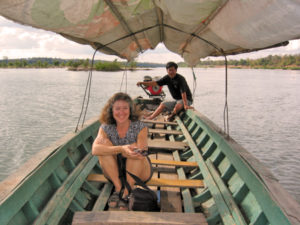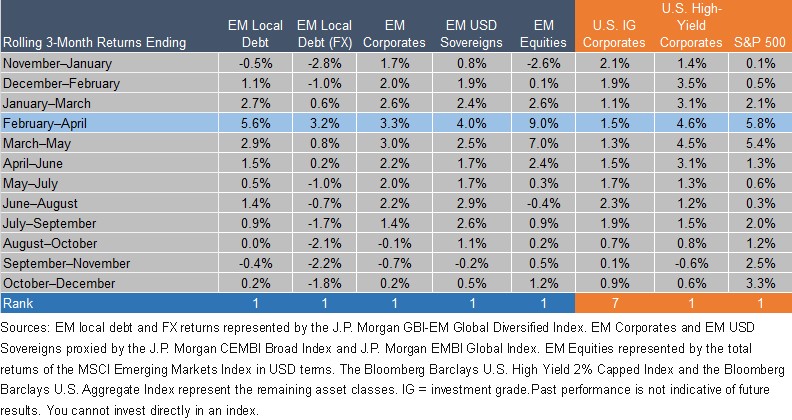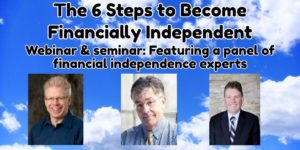Special to the Financial Independence Hub
“Security is mostly a superstition. It does not exist in nature, nor do the children of men as a whole experience it. Avoiding danger is no safer in the long run than outright exposure. Life is either a daring adventure, or nothing.” — Helen Keller
Recently I have been reading a book called Daring Greatly by Brene Brown. You may have heard of it. The theme of the book is about being vulnerable, taking risks and being willing to expose ourselves to possible failure. It’s an enlightening read.
I bring this up because what I want to share with our readers is that security has a price. Everyone speaks about how risk is dangerous and sometimes unthinkable. It seems that everyone wants unmitigated surety – the 100% guarantee.
But security never makes one courageous nor does it make a person’s heart sing.
We all want our bases covered, and none want to be starving or out in the land of the lost. But there is an energy about taking a risk with the possibility of failure that adds dimension to our lives and creates memories that we share with our children and grandchildren and we can ruminate over when we become old. Having everything laid out, fully unchallenged with no adversary to overcome makes for a dull story.
Personal examples
To make my point, I want to share with you a couple of big risks I took with my life direction over the years.
In 1971 was 19 years old and my then 20-year-old boyfriend wanted to make an extensive summer motorcycle trip across the country from the Midwest through a semi-southern route, up the coast of California to Alaska and back again via northern roads. This sounded like the most exciting thing I could imagine in my life at that time.







